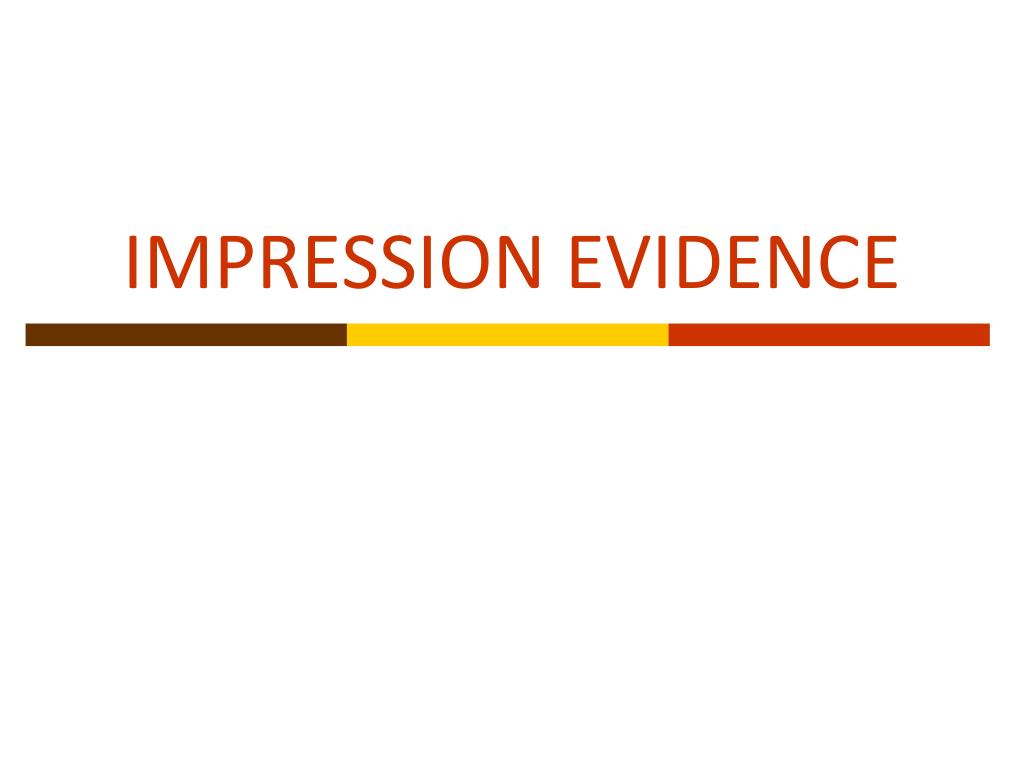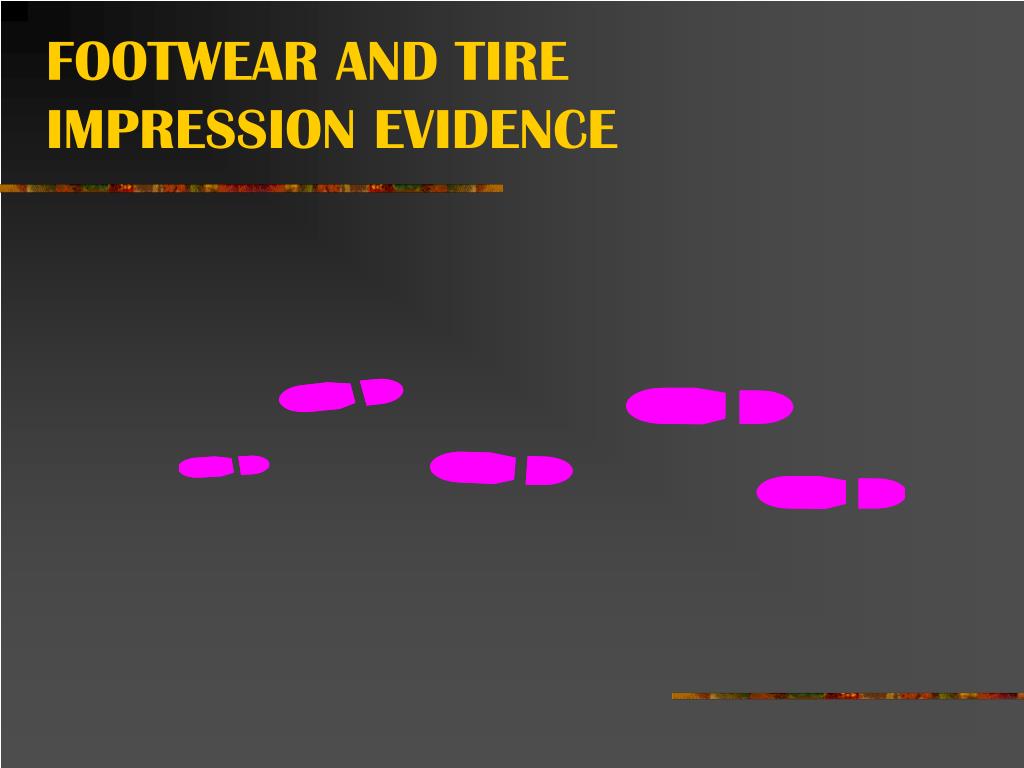
This obstacle grows more complex when we consider the correct reference population: Should statistics be computed based on the general population, or based on a more difficult to measure population of “criminals”? One of the biggest obstacles to development of quantitative and probabilistic methods for footwear impression evidence is that gathering data on the reference population or populations is incredibly difficult – the footwear used changes as new shoes are released, but also due to weather, geography, and other factors. This is a novel project with the potential to have a large impact.

These data can enable estimation of the frequency of footwear patterns in a given region and thereby facilitate the transition to a likelihood ratio or Bayes Factor approach to the evaluation of footwear evidence. One approach to addressing this limitation is through the development of an instrument that can be deployed in public areas to passively collect images of outsoles of shoes. To address this in a quantitative experimental framework, we propose to utilize high-resolution 3D scans of treads and develop methods that match features of these models to impression evidence and make predictions about the impressions a given tread might leave.įootwear analysis is currently limited by the absence of reliable, publicly available databases that characterize the distribution of footwear characteristics and patterns. Existing research in this area, including our own, has focused on matching test impressions with crime-scene evidence but has largely ignored forensic practice, which typically involves examination of the candidate source shoe itself and matching of physical features of the tread to evidence. We propose to develop statistical models that support robust reasoning about partial or obscured impression evidence and computational implementations of these models that can perform matching and retrieval for category-level (brand, size) identification from partial prints. Interpreting impression evidence requires reasoning about whether class-level and acquired characteristics of a candidate source are likely to have produced a given impression relative to other potential sources. The goal of this project is to develop statistical and computational models to aid the interpretation of impression evidence left by shoe outsoles. We are developing statistical models that support robust reasoning about partial or obscured impression evidence and computational implementations of these models that can perform matching and retrieval for category-level (brand, size) identification from partial prints. Though not themselves examiners we believe this unique data set is critical for developing approaches to analyzing the reproducibility (different examiner) and repeatability (same examiner) of RACs.
#Who came up with impression evidence professional
The individuals in question were students trained by professional examiners. These data also include several instances of an individual marking the same impression at two points in time. Several individuals marked impressions made at different points in time by the same shoe. Data from a recent study in Israel in which shoes were worn by individuals over the course of a year and repeated impressions were taken can be used to study these issues. This includes questions associated with whether RACs can be reliably annotated, whether RACs persist over time as the shoe is worn, and the relationship between RACs on a shoe and RACs found in crime scene impressions. There is limited data available about the occurrence and persistence of RACs. This project is focused on providing support for existing footwear analysis approaches through further study of RACs. Some CSAFE researchers are considering novel image-based approaches to footwear evidence. If the general properties fit, the forensic expert looks for randomly acquired characteristics (RACs) on the shoe sole and determines if they match RACs on the trace from the crime scene. If these do not fit, then the analysis is stopped and the pair is classified as a non-match. First, general properties such as the pattern, size and wear of the shoe sole are compared to the crime scene impression. This project will also study the persistence of RACs over time (as the shoe is worn) and the repeatability and reproducibility of RAC detection by examiners.įootwear comparison is conducted by experts in two broad stages. One goal of our research is to develop and validate models that are more realistic for RACS. Existing models to understand the spatial distribution of RACs rely on simplifying assumptions.

It is believed that randomly acquired characteristics (RACs) are among the most discriminating features of shoeprints.


 0 kommentar(er)
0 kommentar(er)
